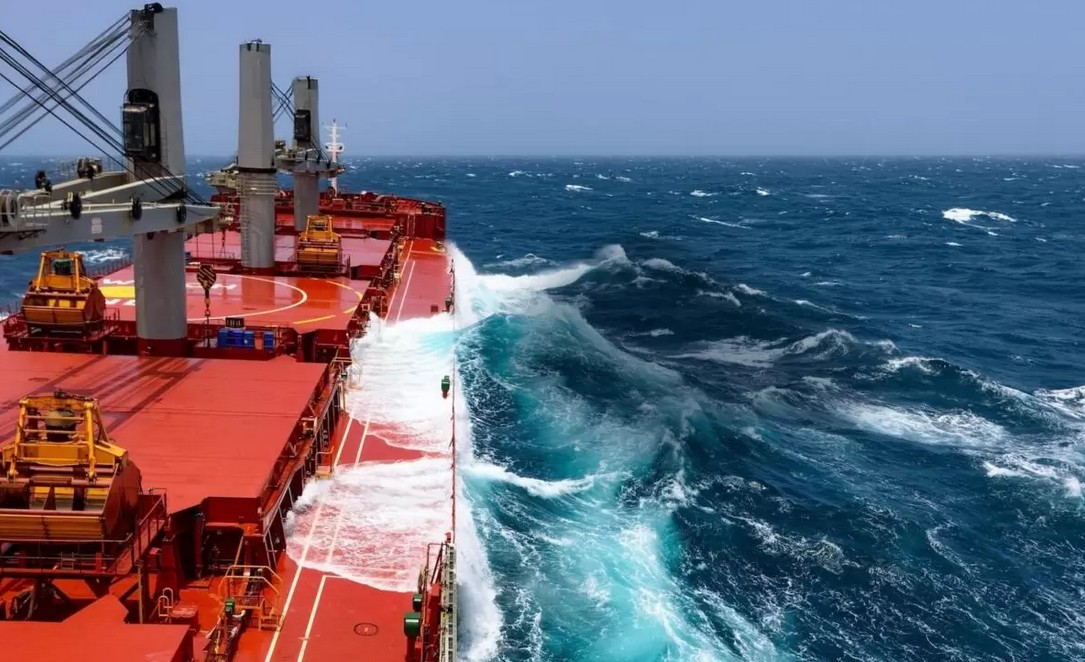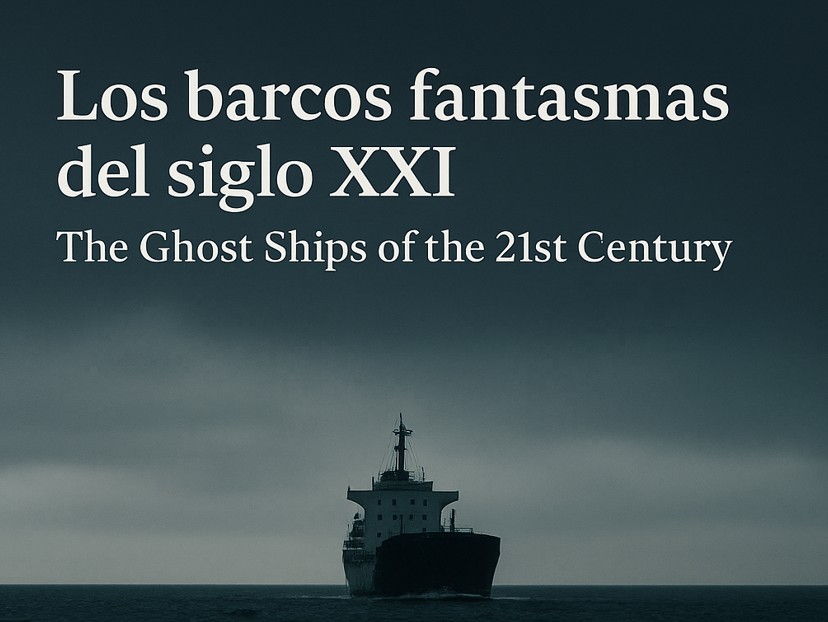
The RONM Modernizes Maritime Navigation
Publication by Enrique Sanmartín Gómez in Mar The approval of the Maritime Navigation Regulation (RONM) drives the digitalization of procedures,

Article by IPS
Maritime transport, which moves more than 80 percent of global merchandise trade, is entering a period of fragile growth, rising costs, and growing uncertainty, according to the latest sector report from UN Trade and Development (UNCTAD).
After solid growth last year, maritime trade is expected to stall in 2025, with only a slight increase in volumes (+0.5%).
The diversion of long-distance routes, triggered by geopolitical tensions, kept shipping activity strong last year, with record growth of nearly six percent in revenue measured in ton-miles.
But political tensions, new tariffs, changes in trade patterns, and reconfigured shipping routes are reshaping the geography of maritime trade, according to the sector’s 2025 Report, which UNCTAD subtitled “Staying the Course in Turbulent Waters.”
The result is more diversions, skipped port calls, longer voyages, and ultimately higher costs.
The United States and several trading partners have announced policy measures such as new tariffs and port fees for certain vessels built or operated abroad—steps that could further impact costs and routes.
Energy shipping is also in transition: coal and oil volumes are under pressure from decarbonization initiatives, while gas trade continues to expand.
And critical minerals—essential for batteries, renewable energy, and the digital economy as a whole—are becoming a new source of tension in global trade, as countries compete to secure supplies and add value domestically.
Maritime logistics is key for developing countries to seize the opportunities offered by critical minerals and materials such as lithium, cobalt, chromium, copper, graphite, nickel, magnesium, zinc, and rare earths.
Read the full article <here>
Send us an email to info@stier.es
You can also call us at +34 607 55 29 27

Publication by Enrique Sanmartín Gómez in Mar The approval of the Maritime Navigation Regulation (RONM) drives the digitalization of procedures,

In the margins of global trade, the so-called ghost ships sail silently. They are not relics of a bygone era,